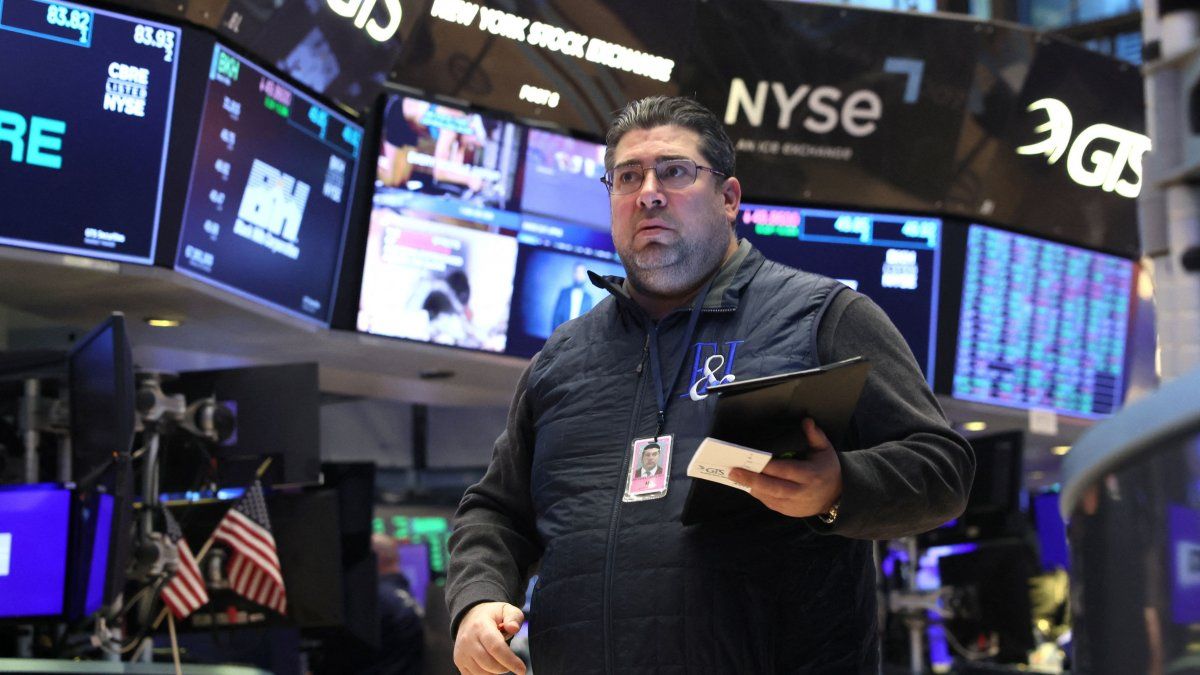The manager State Street Global Advisors (SSGA) is preparing a significant upgrade for its exchange-traded fund (ETF) Technology Select Sector SPDR Fund (XLK). The realignment will be driven by upcoming changes in the technology index that follows, based on market capitalization. According to the new calculations, Microsoft will lead the index, followed by Nvidia and then Apple.
Due to index diversification rules, that limit the cumulative weight of shares with at least 5% participationMicrosoft and Nvidia will have approximately 21% weight each, while Apple will be drastically reduced to about 4.5%, CNBC reports citing Matthew Bartolini, head of SPDR Americas Research at State Street Global Advisors.
This adjustment represents a significant change from previous weights, particularly for Nvidia, whose weight was kept artificially low due to index rules. As of June 14, Microsoft and Apple each had about 22% in the fund, while Nvidia only had 6%.
To meet the new weightings, it is estimated that the fund will have to acquire more than $10 billion in Nvidia shares, which could have a notable impact on the technology giant’s shares.
The ETF follows theTechnology Select Sector Index from S&P Dow Jones Indices, which uses a float-adjusted calculation to determine market capitalization. The rebalance will officially take effect at the end of this week.
Nvida and the AI race
In recent years, Nvidia (NVDA -0.68%) has emerged as a dominant force in the world of artificial intelligence (AI). The company’s advanced graphics processing units (GPUs) have become the primary hardware for powering AI applications, from self-driving cars to natural language processing.
While many investors have recognized Nvidia’s potential in the AI space, there is an underrated reason why the stock is a compelling buy: its role as a hedge against the uncertainty created by AI.
The disruptive potential of AI and the economic risks
As AI continues to advance at an unprecedented pace, it has the potential to disrupt virtually every industry and transform the global economy. However, this disruptive potential also carries significant risks.
AI-driven automation could lead to widespread workplace dysplasia, exacerbating income inequality and social unrest. Furthermore, lIncreasing dependence on AI systems in critical areas such as finance, healthcare and transportation could make society more vulnerable to catastrophic failures or cyberattacks.
A specific example of AI’s disruptive potential is found in the financial industry. AI-powered algorithmic trading and robo-advisors They are transforming the way financial markets operate, with the potential to increase volatility and systemic risk.
In 2010, the “flash crash“, triggered by an erratic algorithm, caused the Dow Jones to drop nearly 1,000 points in a matter of minutes, demonstrating the enormous risk posed by AI-powered financial markets.
Nvidia.jpg
Another industry facing significant disruption due to AI is traditional automakers. As self-driving cars become a reality, traditional manufacturers are racing to keep up with tech giants like Google and Tesla. The shift to autonomous vehicles could render millions of jobs, from truck drivers to car salesmen, obsolete, creating significant economic and social challenges.
The insurance industry is also grappling with the risks posed by AI. As AI systems become more sophisticated, they could accurately predict the likelihood of a person making a claim, leading to more detailed risk assessments and personalized premiums.
This could create a more efficient insurance market, but also raises concerns about privacy and equity, especially for vulnerable populations. Auto insurance could also become a vestige of the past, thanks to the advent of autonomous vehicles.
Source: Ambito
I am a 24-year-old writer and journalist who has been working in the news industry for the past two years. I write primarily about market news, so if you’re looking for insights into what’s going on in the stock market or economic indicators, you’ve come to the right place. I also dabble in writing articles on lifestyle trends and pop culture news.




